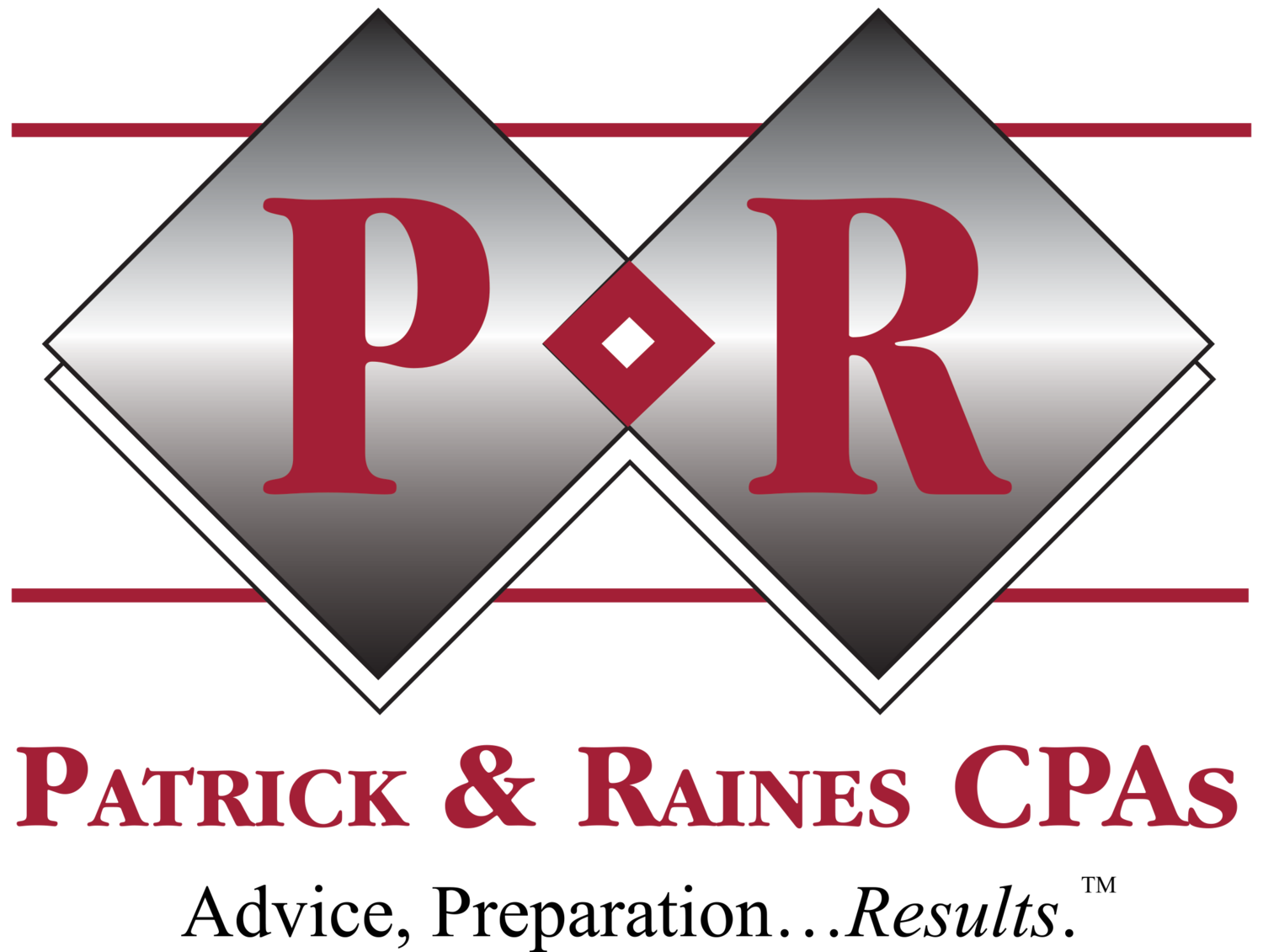What is Tangible Property and Why is it Taxable?
One of Florida’s less popular taxes is the tangible tax. This tax is assessed primarily on business property that is not considered to be real estate, including equipment, furnishings, tools, supplies and property improvements used for the production of income. It includes rental property but not inventory held for resale.The state authorizes the tax, but each county administers its assessment and collection for use as governmental budget revenue. Taxpayers are responsible for reporting their property used in business as of January 1st, by type, date of purchase and original cost. The return, a Form DR-405, must be filed by April 1st each year. The county Property Appraiser takes that information and determines the taxable value of that property, similar to how real estate assessments are provided. The Appraiser’s office even determines the millage rate, the value at which the property is taxed. The taxpayer receives a proposed assessment in the form of a TRIM notice in the fall and then has the opportunity to appeal that assessment. If there is no appeal the tax is billed by November 1st, just like your real estate tax is assessed.There are two primary exemptions:1) each business gets an automatic $25,000 exemption in value each year and2) charitable organizations can apply for an exemption for all property used in their activity.In the first situation, the Property Appraiser will notify the business that they will no longer need to file a return as long as their property is valued at under $25,000. In the second situation, the taxpayer still needs to file a return annually, but will receive a bill showing their property to be exempt from tax.The rules to administer this tax are somewhat confusing, but once property is on the tax rolls it will be continue to be taxed, even if it is sold, until it is destroyed or abandoned. If the property is leased the tax is assessed on the lessor, but the terms of the lease may require the lessee reimburse the lessor for that tax. The Property Appraiser has predetermined depreciation tables based on the type of property being valued, but the value will not be reduced to zero until the property ceases to be used. Leasehold improvements are often difficult to assess, as it is often difficult to determine whether those costs should be assessed as a part of the real property or assessed to the tenant as personal property.There are several ways to reduce your assessment properly.1) Carefully review your return to be sure that all property listed is still in service and should be taxed.2) Be clear in your description and the year acquired so that the Property Appraiser can determine the class of property and correctly assess it.3) File timely so that there will not be a late penalty added to your assessment. It is possible to get a short extension of time to file in the proper circumstances.4) If you buy or sell property, make clear on your return the prior or successor owner so that it can maintain its historical value and depreciation base for assessment to its current owner.5) If you lease property, be sure that you note the lessor so that this person/company is assessed the tax instead of you, even if they are located out of state.6) If you have property in multiple locations, separate the property onto separate returns so that each location is properly assessed. Each county has its own procedures for handling returns, but the due dates and filing form are substantially the same in all counties. Each county also has its own tax rate, so pay attention to where your property is located and report it properly. As Certified Public Accountants in Jacksonville we have decades of experience in preparing tangible returns, including protesting excessive assessments, so let us help you get the best results in this important annual filing. We can be reached at 904-396-5400 or Office@CPAsite.com.

